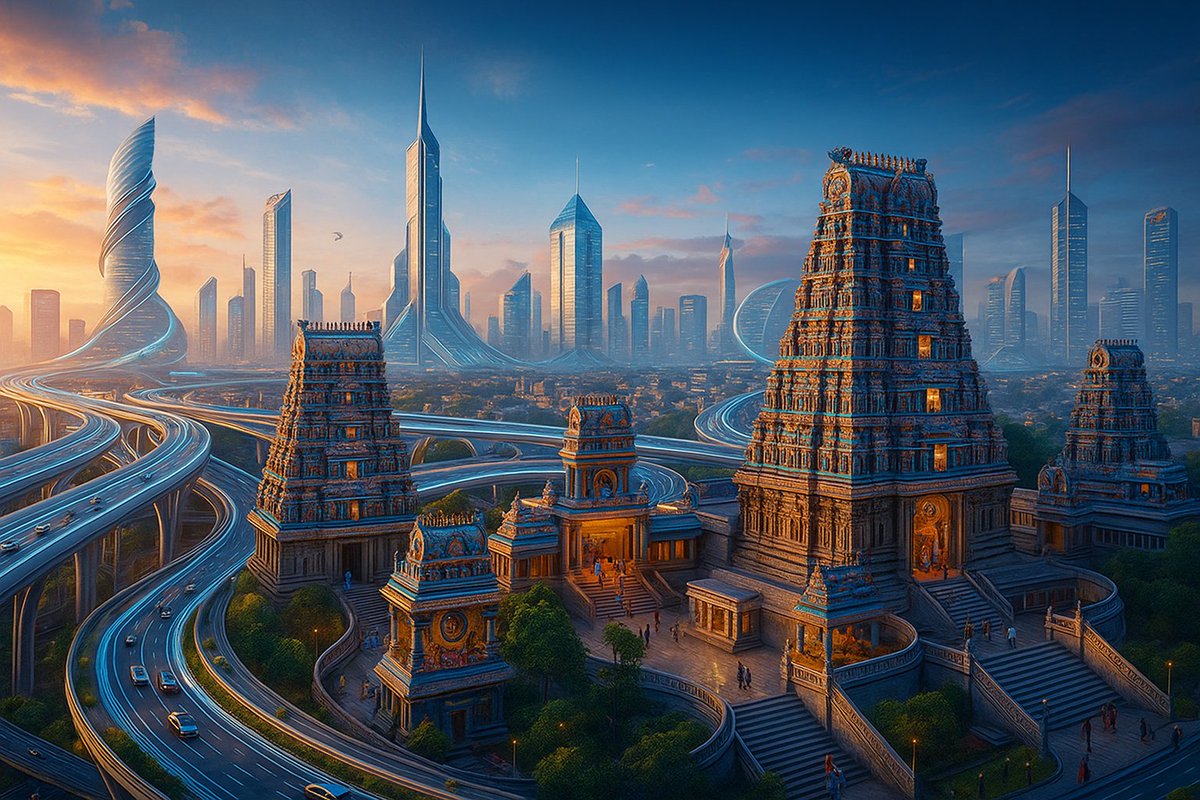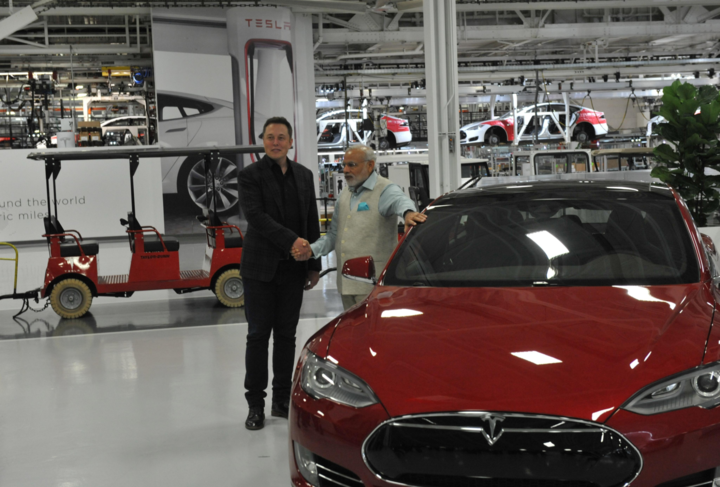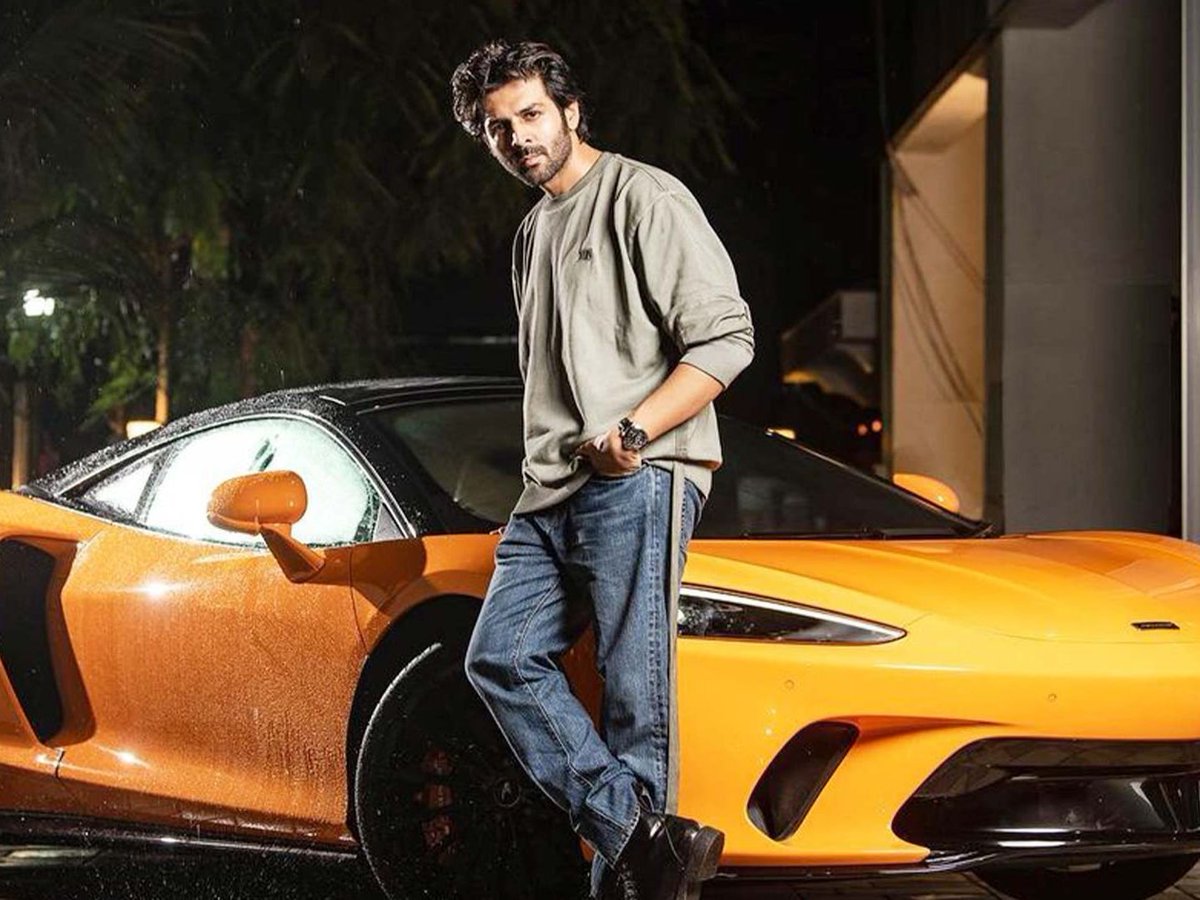CM Yogi was sad that F1 came to India & left after just 3 yrs
This despite having a world-class Buddh Circuit left rusting
So, he created conditions for motorsports to thrive in UP
The Crazy Part? F1 is thinking to comeback after 12 yrs
THREAD: Why F1 should return to India🧵
This despite having a world-class Buddh Circuit left rusting
So, he created conditions for motorsports to thrive in UP
The Crazy Part? F1 is thinking to comeback after 12 yrs
THREAD: Why F1 should return to India🧵
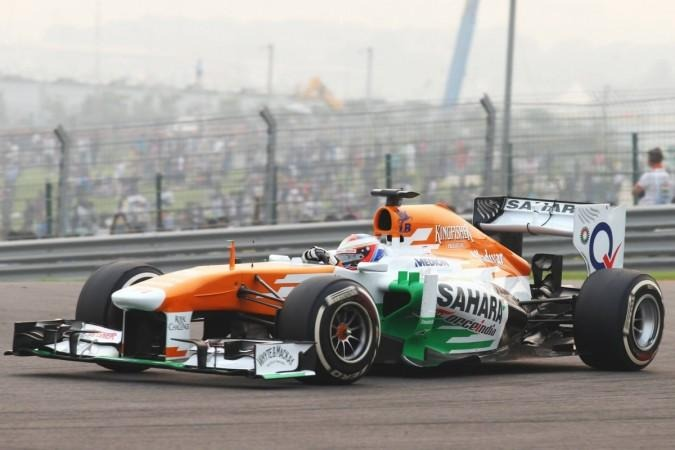
In the late 2000s, the Jaypee Group, the real estate and infrastructure firm, decided to bring F1 to India.
They spent over ₹1,800 crore building a new sports city in Greater Noida, which included the Buddh International Circuit – India’s first and only F1-grade race track.
They spent over ₹1,800 crore building a new sports city in Greater Noida, which included the Buddh International Circuit – India’s first and only F1-grade race track.
The project moved fast. And finally in October 2011, India hosted its first-ever Grand Prix.
And it was spectacular.
Over 95,000 fans attended the race.
And, celebs like SRK, Sachin, Deepika filled the VIP stands.
And it was spectacular.
Over 95,000 fans attended the race.
And, celebs like SRK, Sachin, Deepika filled the VIP stands.
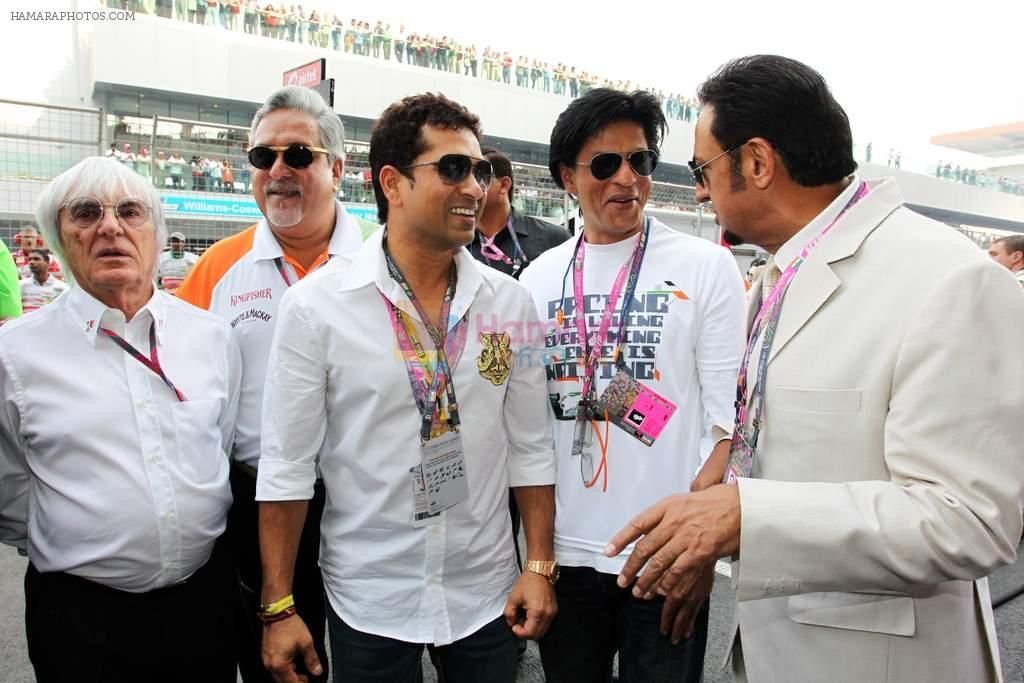
Red Bull’s Sebastian Vettel won and described it as one of the best races of the season.
In short, the global spotlight was firmly on India.
On paper, everything seemed right.
In short, the global spotlight was firmly on India.
On paper, everything seemed right.

India was an exciting emerging market with a young population, craze, and a growing appetite for global sports.
But just two years in, the dream started falling apart.
Behind the scenes, there were serious problems piling up.
But just two years in, the dream started falling apart.
Behind the scenes, there were serious problems piling up.
At that time, many viewed F1 as a luxury sport for the rich, in a country still grappling with poverty.
Despite the fact that F1 could bring tourists, global media, & investments into hospitality, services, creating thousands of local jobs and long-term economic value.
Despite the fact that F1 could bring tourists, global media, & investments into hospitality, services, creating thousands of local jobs and long-term economic value.
That perception was echoed by the newly elected UP government, which had a more socialist outlook.
They publicly declared that Formula 1 wasn’t a real sport, but just commercial entertainment and made it clear they wouldn’t spend public money to support it.
They publicly declared that Formula 1 wasn’t a real sport, but just commercial entertainment and made it clear they wouldn’t spend public money to support it.
This stance blocked state-level support, plus, aligned with how the central tax authorities viewed the race.
They too treated F1 as entertainment, not sport which meant higher taxes on ticket sales, equipment imports, and even team earnings during the event.
They too treated F1 as entertainment, not sport which meant higher taxes on ticket sales, equipment imports, and even team earnings during the event.

There was no breathing room – teams barely got time to settle before being heavily taxed.
Ideally, you give a sport some years to become viable before squeezing it.
By 2013, Formula 1 had enough. The logistical and financial hurdles were too high.
Ideally, you give a sport some years to become viable before squeezing it.
By 2013, Formula 1 had enough. The logistical and financial hurdles were too high.
So, eventually, the Indian Grand Prix was dropped from the calendar in 2014. And despite constant rumors, it never returned.
But, here’s the good part – a lot has changed since 2014.
And today, India might be one of the most exciting markets in the world for Formula 1.
But, here’s the good part – a lot has changed since 2014.
And today, India might be one of the most exciting markets in the world for Formula 1.
India today has over 1.4 billion people, and more than half are under 30.
These are young, global-minded fans who love speed, drama, and tech – basically everything that Formula 1 stands for.
These are young, global-minded fans who love speed, drama, and tech – basically everything that Formula 1 stands for.
And with rising spending power and a booming middle class, more Indians can now actually watch, attend, and follow the sport closely.
And, it showed too.
In 2023, India hosted its first-ever MotoGP race at the very same Buddh circuit and it drew over 100,000 fans across the weekend.
And, it showed too.
In 2023, India hosted its first-ever MotoGP race at the very same Buddh circuit and it drew over 100,000 fans across the weekend.
Formula E raced in Hyderabad and sold out completely.
Red Bull’s showrun in Mumbai saw thousands lining the streets just to see a demo car.
And this time, India has real homegrown talent to cheer for.
Red Bull’s showrun in Mumbai saw thousands lining the streets just to see a demo car.
And this time, India has real homegrown talent to cheer for.
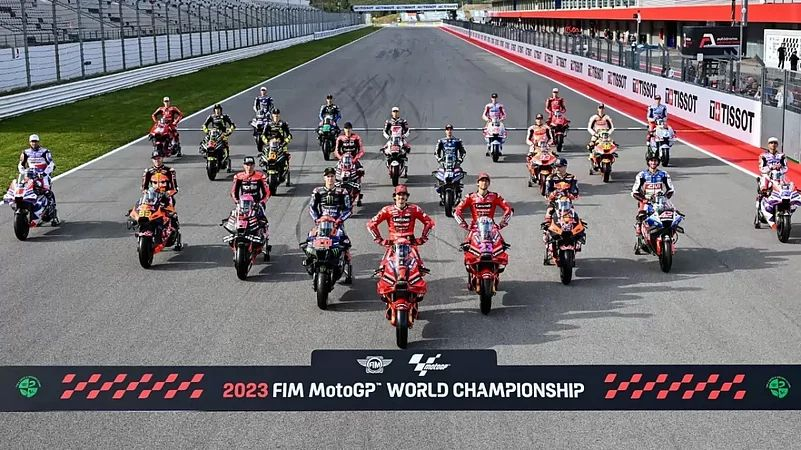
Jehan Daruvala is racing in Formula 2 and has already tested with F1 teams. Kush Maini is doing really well in F2 too.
And in 2024 alone, F1 got over 13 million YouTube views just from India.
On top of that, the Buddh circuit is still in top shape.
And in 2024 alone, F1 got over 13 million YouTube views just from India.
On top of that, the Buddh circuit is still in top shape.
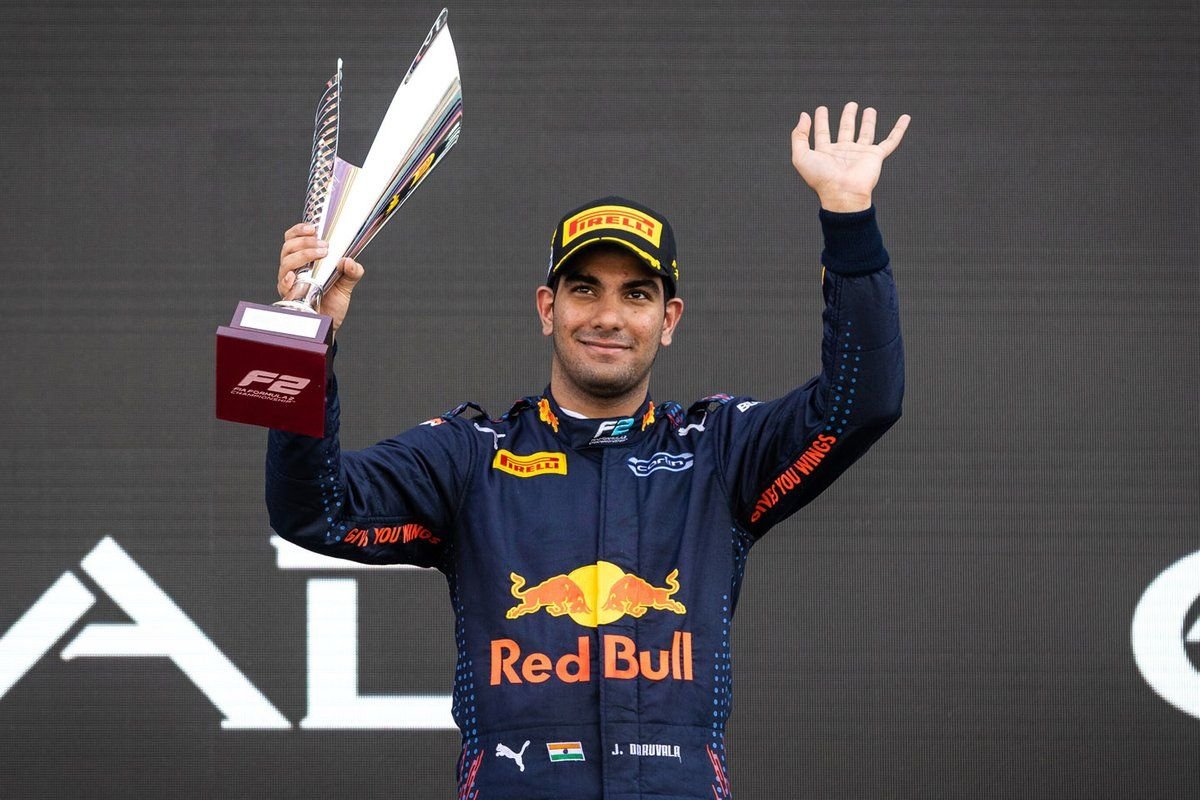
It was upgraded in 2023 to host MotoGP and it’s FIA-certified.
It’s also perfectly located right on the Yamuna Expressway, which connects Delhi to Agra.
That means tourists landing in Delhi could drive down, visit the Taj Mahal, and catch an F1 race, all in one weekend.
It’s also perfectly located right on the Yamuna Expressway, which connects Delhi to Agra.
That means tourists landing in Delhi could drive down, visit the Taj Mahal, and catch an F1 race, all in one weekend.

The surrounding region now has better roads, more hotels, & even the Noida international airport opening nearby in Jewar by November 2025.
It fits beautifully into India's broader tourism circuit, while also giving global fans a cultural experience few other races can match.
It fits beautifully into India's broader tourism circuit, while also giving global fans a cultural experience few other races can match.

Even politically, the situation is different today.
In 2015, the Indian government officially recognized motorsport as a legitimate sport.
And with India now under a single GST regime, a lot of earlier tax complications have eased, making large-scale events much more feasible.
In 2015, the Indian government officially recognized motorsport as a legitimate sport.
And with India now under a single GST regime, a lot of earlier tax complications have eased, making large-scale events much more feasible.
The current UP government under Yogi Adityanath supported the MotoGP with funding and promotion – very different from how things were earlier.
Globally, Formula 1 is in its strongest phase yet.
Globally, Formula 1 is in its strongest phase yet.

The US has gone from one race to three. Qatar, Saudi Arabia, and Las Vegas are now permanent fixtures.
But India, one of the world’s biggest economies and car markets, is still missing.
Liberty Media, F1’s current owners, have said they want to grow in big emerging markets.
But India, one of the world’s biggest economies and car markets, is still missing.
Liberty Media, F1’s current owners, have said they want to grow in big emerging markets.
And India checks all the boxes.
F1’s own data proves it.
In 2013, the final Indian Grand Prix drew 60,000 fans.
But today, India has over 60 million F1 fans, double what it had just 5 years ago.
F1’s own data proves it.
In 2013, the final Indian Grand Prix drew 60,000 fans.
But today, India has over 60 million F1 fans, double what it had just 5 years ago.
That means packed stands, bigger revenues, and massive digital engagement.
If you liked this read, do RePost🔄 the 1st post
and follow us @FinFloww for such reads every Monday, Wednesday and Friday!
and follow us @FinFloww for such reads every Monday, Wednesday and Friday!
Get our WhatsApp newsletter: whatsapp.com/channel/0029Vb…
Subscribe to WHAT THE FLOWW?, our weekly email newsletter where we dive deeper into such concepts: FinFloww.bio.link
• • •
Missing some Tweet in this thread? You can try to
force a refresh





